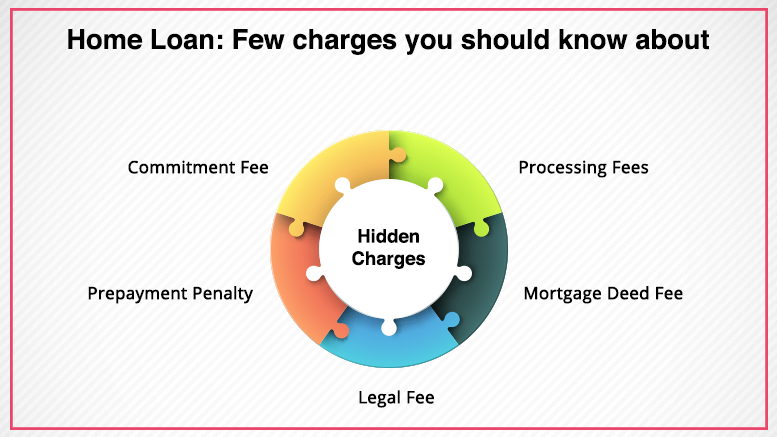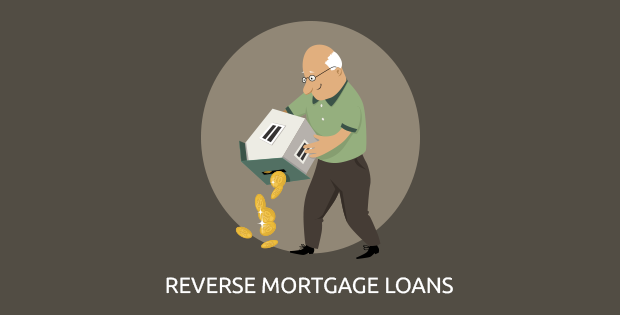
- About Us
- OUR OFFERINGS
- CALCULATORS
- RESOURCE CENTRE
-
Quick Links
- Existing Customers Benefits
- Become a Partner
- Pre-Approved Projects
- Home Loan App
- Blog
- CSR
- Locations
- Roi Switch Policy
- Co-Lending Policy
- Co-Lending Partnerships
- Customer Sensitization Program
- ROI Range
- Borrower Education - SMA/ NPA classification
- Borrower Awareness - RBI Ombudsman Scheme
- Borrower Awareness - procedure for handover of property documents
- NEWS CORNER
-
INVESTOR RELATIONS
- Financial Reports
- Investor Presentations
- Annual Reports
- Notices
- ESG Profile
- IEPF
- Investor Call Transcript
- Corporate Announcement
- Public Issue of NCD'S
- Qualified Institutional Placement
- Investor Relations Contact
- ISO CERTIFICATIONS
- Forms for Shareholder KYC-PAN-Nomination update
- Credit Ratings
- Statutory Advertisements
- ODR Portal
- Rights Issue
- Sustainable Financing Framework
- Disclosures under Regulation 46 of SEBI LODR
- CONTACT US
- Login
 Apply
ApplyOnline

India's 1st Completely Online Home Loan!
-
e-APPLY
-
e-SANCTION
-
e-DISBURSE
Start your eHome Loans Process Now!
Apply OnlineUnderstanding Fixed and Floating Interest Rates - what they are, their benefits and differences

- Jan 14, 2019
- VIEWS: 8298
When it comes to buying a home, people spend most of their time contemplating about the right interest rate they can afford. This interest rate is determined based on two important factors – the principal loan amount and the tenure of the home loan. Aspiring homeowners are also confused about the right type of interest to choose from; between fixed and floating interest rates. After all, the interest rate is the most crucial element of any loan. Both, banks and Non-Banking Finance Companies (NBFCs) offer both variants of interest rates on home loans. It is therefore important to understand the basics of the two types of loans; analyse their benefits and compare the two before you lock down the rate of interest on your home loan.
Let’s begin by understanding what is a fixed interest rate?
A fixed interest rate simply implies that a borrower would be repaying his home loan in fixed, equal amount instalments throughout the tenure of his loan. The key feature of the fixed interest rate is that it remains unaffected by the fluctuations in the market, giving the borrower a sense of certainty in uncertain market conditions. It is ideal for people who prefer to plan their budget meticulously since it requires you to pay the same monthly instalment, year on year, until the end of the loan tenure.
That said, one must remember that the main difference between floating and fixed interest rates is that the former is usually 1% - 2% points lower than the latter. Also, in case the rate of interest decreases in the market, you cannot take advantage of the decreased interest rate if you choose a fixed rate of interest. You must continue paying the same monthly instalment even if the rates are reduced in the market. In some cases, depending upon the tenure of the loan, your fixed interest rate is applicable only for a certain number of years, after which your loan is auto-converted into one with a floating rate of interest. As such, it is very important to read the fine print of your loan agreement and understand the conditions of the loan. If you are uncertain about the economic scenario of the country and you expect the rates of interest to rise in the future, it is best to opt for a fixed interest rate.
Now let’s understand the floating interest rate
As is clear from the context, a floating interest rate is one that changes or fluctuates along with the market condition. If you choose the floating interest rate on your home loan, you will have to pay a base interest rate, while a floating element is added to the loan. The base rate is simply the minimum interest rate set by the lender or the benchmark of interest rates. Banks and NBFCs are not allowed to lend below the base rate. As such, when the base rate is changed, the floating rate also varies.
The major difference between floating and fixed interest rate is that the floating interest rate works out to be cheaper than the fixed one. For instance, if the fixed rate of interest in 15% and the floating interest rate is 12.5%, the borrower ends up saving a lot of money, even when the interest rate rises by 2.5%. That said, the floating interest rate can also overtake the fixed interest rate, but even such a scenario is temporary in nature and does not prevail for the entire loan tenure. However, the floating rate of interest is not ideal for individuals who prefer to plan their budgets in advance since the interest rate can keep changing frequently. This type of interest rate makes it difficult for one to plan their financials in the long term.
Benefits of fixed and floating rates of interest
Now that we have understood fixed and floating interest rates, let’s take a look at the benefits of each type of interest rates.
Let’s begin with fixed interest rates
It remains constant: If you opt for a fixed interest rate, you do not have to worry about market rate fluctuations which affect interest rates. The interest rate remains constant or fixed, throughout the entire tenure of the loan.
Your EMI amount doesn’t change: A major aspect of loan repayment is determining the monthly EMI. You need to be comfortable with the monthly instalments you are paying to keep your financial planning and budget on track. With the fixed interest rate, your EMI amount also remains the same throughout the loan tenure.
You can plan your budget accurately: The fixed rate of interest makes it easy for you to fix you budget and plan your finances accurately. It is ideal for individuals who prefer to have a fixed monthly financial plan since they know the exact amount that goes towards EMI payment.
It can be chosen basis economic conditions: The greatest advantage of the fixed rate of interest is that if the economic conditions indicate that interest rates would increases in the future, the borrower is assured that he can keep benefiting from the same interest rate despite increased interest rates.
Benefits of floating interest rates
The interest rate is typically lower: The greatest benefit of opting for the floating rate of interest is that the interest rate is typically lower than the fixed rate of interest offered by banks and NBFCs. As such, even if the floating rate of interest increases, borrowers have to pay a lower interest rate as compared to the fixed rate of interest. If the economy continues to remain stable, you end up saving a lot more money than if you choose a fixed interest rate.
The increased interest rate is temporary: Since the rate of interest is floating, there is a chance that it can exceed the fixed interest rate. However, even such a situation is temporary. The interest rates can reduce after a certain point of time, whenever the economy returns to normalcy.
Fixed rate vs floating rate – the basic differences
The interest rate: If you opt for a fixed interest rate for your home loan, it remains the same for a major portion or the entire tenure of the loan, subject to the conditions of your loan agreement. On the other hand, if you opt for a floating interest rate, the rate of interest on the home loan changes depending upon the benchmark rate set by the bank or NBFC.
High vs low interest rate: The fixed rate of interest is slightly higher as compared to the floating rate of interest, which is typically lower.
How to choose: Choosing your fixed or floating interest rate on home loan depends upon the market conditions. If you are confident that the prevailing rates of interest are reasonable and you believe that the rate of interest will increase in the future, it is better to opt for a home loan with a fixed interest rate. However, if you are sceptical or unsure about the market conditions and believe that the interest rates can fall in future, it is better to opt for the floating interest rate.
Prepayment penalty: You are usually charged a prepayment penalty on a fixed interest rate, whereas the chances of a prepayment penalty on floating rate of interest are minimal. There are several factors that affect this including the lender, the tenure in the loan when you decide to prepay the loan and so on.
No Comments
Subscribe
Most Viewed Blogs
Categories
- Home Loans Guide 125
- Home Renovation Loan Guide 3
- Home Loan Transfer Guide 14
- Home Extension Loans Guide 1
- Loan Against Property Guide 28
- Home Loan Interest Rates Guide 2
- Others Guide 8
- Home Decor & Lifestyle Guide 5
- Plot Loan Guide 3
- PMAY Guide 5
- Uncategorized Guide 1
- NRI Home Loans Guide 5
- Financial Resolutions Guide 1
- New Year Resolutions Guide 1
Archives
- Mar 2020
- Jan 2020
- Nov 2019
- Jul 2019
- Jun 2019
- May 2019
- Apr 2019
- Mar 2019
- Feb 2019
- Jan 2019
- Dec 2018
- Nov 2018
- Jul 2018
- Jun 2018
- May 2018
- Apr 2018
- Mar 2018
- Feb 2018
- Jan 2018
- Dec 2017
- Nov 2017
- Oct 2017
- Sep 2017
- Aug 2017
- Jul 2017
- Jun 2017
- May 2017
- Apr 2017
- Mar 2017
- Feb 2017
- Jan 2017
- Dec 2016
- Nov 2016
- Oct 2016
- Jun 2016
- Apr 2016
- Mar 2016
- Feb 2016
- Jan 2016
- Dec 2015
- Nov 2015
- Oct 2015
- Sep 2015
- Aug 2015
- Jul 2015
- Jun 2015








